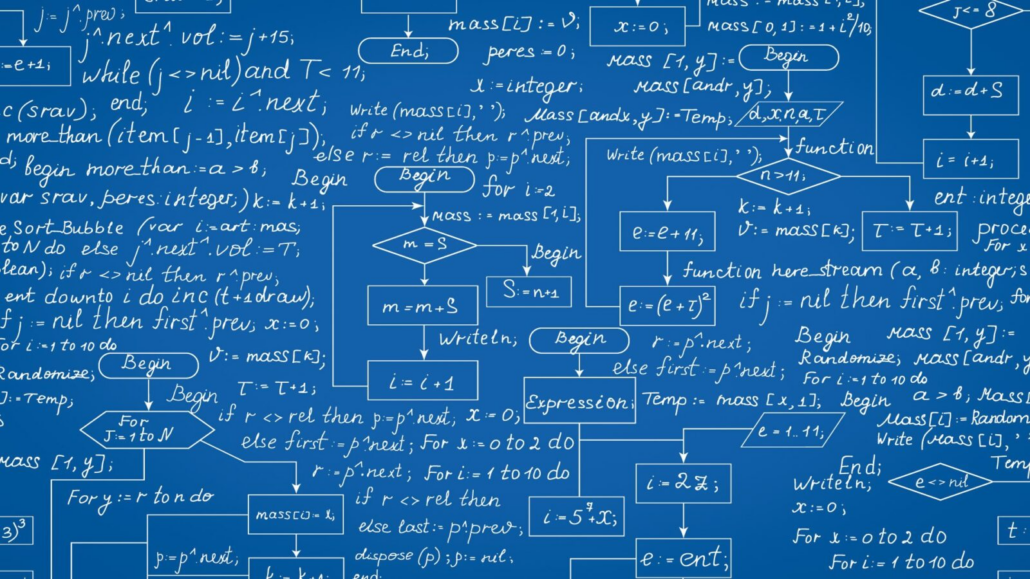MUM: A Guide to Google’s Algorithm Update

MUM’s the Word: Everything You Wanted to Know About Google’s Algorithm Update
An algorithm update from Google landed in May called MUM, which stands for Multitask Unified Model. Earlier this year, Google announced this update as the latest advancement to their search engine’s capabilities – and so a new chapter of search was opened to us.
But, before going on to discuss MUM any further, we have to go back to 2017 and discuss Google’s machine learning journey, to understand the latest search algorithm update in its full context.
Transformer, Google’s Machine Learning Model
MUM, like other language AI models which are a part of Google’s AI ecosystem, was constructed on a neural network architecture. This neural network architecture was invented by Google themselves and then later made open-source, which they call Transformer.
One of the most prominent capabilities that the Transformer architecture has demonstrated is that it can produce a model which has been trained to recognise multiple words that make up a sentence or paragraph, and understand how those words relate to one another. Another way to understand this is that it can recognise the semantic significance of words to one another, and potentially predict what words will come next. This was illustrated in a research paper that Google published entitled “Attention is All You Need”. You can read this paper to learn about the Transformer architecture in more detail.
Now, neural networks are at the forefront when approaching language understanding tasks, such as language modelling, machine translation and quick answers.
We can see the presence of this Transformer architecture in language models such as Lamda, which stands for Language Model for Dialogue Applications, and is used for conversational applications, such as chat boxes, as well as Google’s search algorithm update BERT, the predecessor to MUM, released back in October 2018. BERT was announced in an earlier research paper published by Google AI Language, entitled “BERT: Pre-training of Deep Bidirectional Transformers for Language Understanding”.
Before MUM There Was BERT
BERT, which stands for Bidirectional Encoder Representations from Transformers (no, this wasn’t referring to the cute character from Sesame Street, sorry to disappoint) was a neural networking-based technique, which Google applied to Natural Language Processing, NLP, pre-training. The advent of BERT ushered in their Transformer model and NLP to be a mainstay of Google search moving forward.
BERT was able to help Google achieve many advancements in search. One of the key advancements was its ability to better understand the intent behind the language and the context of words in a search query, thus being able to return more relevant search results.
An example of this is if you took the query “math practice books for adults”
» Read more about: MUM: A Guide to Google’s Algorithm Update »


